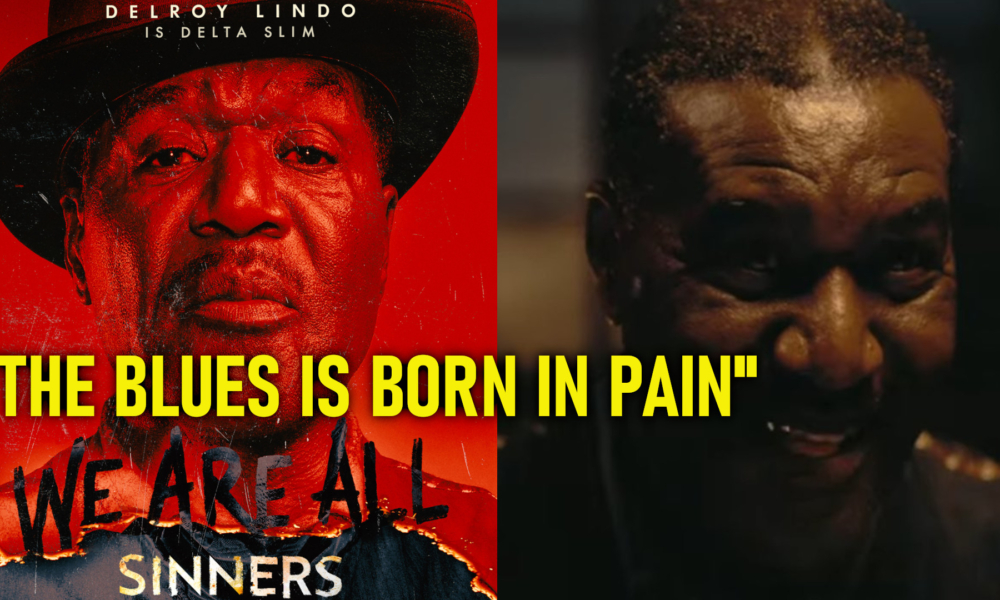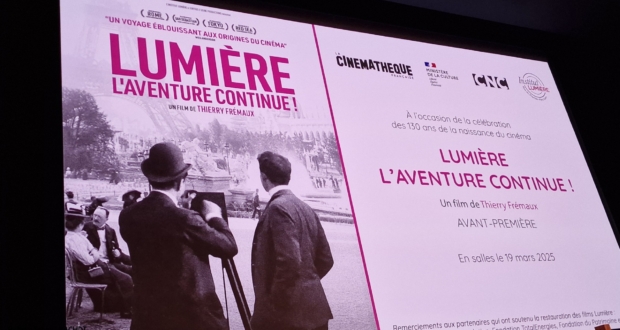When Delroy Lindo steps into a scene, you don’t just watch, you listen. In Ryan Coogler’s horror film Sinners, he portrays Delta Slim, a whiskey-soaked elder who delivers prophecy, history, and heartbreak from the back of a juke joint like it’s gospel. During a recent AAFCA roundtable, Lindo revealed a behind-the-scenes moment that nearly didn’t make the cut—and why he fought to keep it.
It wasn’t about screen time. It was about truth.
Delta Slim and the Blues of Survival
In a film rich with metaphors, ghosts, fire, vampires, and vengeance, Delroy Lindo grounds Sinners with something elemental: the blues. Not just as a soundtrack, but as a survival mechanism.
“There’s a scene in the car,” Lindo said, “where I start telling this story… and I just started to moan.” He didn’t plan it. It wasn’t in the script. “But that moan turned into a rhythm, and that rhythm turned into music.” Right there, in a raw moment of improvisation, Delta Slim becomes more than a man—he becomes memory.
If you’re looking for another layered performance in Sinners, Li Jun Li brings incredible depth to her role as Grace, highlighting a forgotten piece of American history.
“The Blues Is Born in Pain”
One of the most powerful things Lindo said during the roundtable wasn’t about acting technique; it was about emotion.
“The blues is born in pain. And I wanted to feel that.”
Lindo spoke about channeling the spirit of men who had no outlet for their grief, men who poured that pain into rhythm, into voice, into something that could live beyond them. Because of that, his portrayal of Delta Slim wasn’t just a performance; it was a mourning ritual in motion. In fact, it wasn’t method acting at all. It was an ancestral recall.
The Scene That Was Almost Lost
Then he revealed something shocking: the entire chain gang sequence, where Slim recounts a lynching layered over a chilling montage, was initially cut from the film.
Lindo discovered this during an early screening and immediately reached out to Ryan Coogler and editor Michael Shawver. Not out of ego, but because, in his words, “That was the soul of who this man was.” They listened. The scene was reinstated. Now, it’s one of the most unforgettable moments in the film.
If you want to dig deeper into the symbolism and layered storytelling, check out our full review of Sinners for a breakdown of its most powerful themes.
Improvisation That Changed the Film
It’s rare to hear about actors improvising in a way that changes the entire tone of a film, but that’s exactly what happened here. The moan. The story. The delivery. None of it was planned. However, it became the emotional heartbeat of Sinners.
Michael B. Jordan, who shared that scene with Lindo, nodded during the roundtable as he remembered it. “You could hear a pin drop,” someone added. The room was silent. The moment was sacred.
Why Delroy Lindo’s Performance Matters So Much
There are horror films. There are period dramas. And then there’s what Delroy Lindo does in Sinners, bridging time, memory, and trauma in a way that’s bone-deep. His Delta Slim doesn’t just tell stories. He embodies them. His performance reminds us that behind every scream in this film is a century of silence.
To see how this performance fits into Lindo’s larger body of work, explore our profile on Delroy Lindo’s most powerful role, from Da 5 Bloods.
In Sinners, Delroy Lindo proves once again that there are levels to this game. His performance as Delta Slim isn’t just a standout, it’s a soul note. That scene, the one that almost didn’t make it, reminds us why we go to the movies: for truth, for pain, and for the blues.














